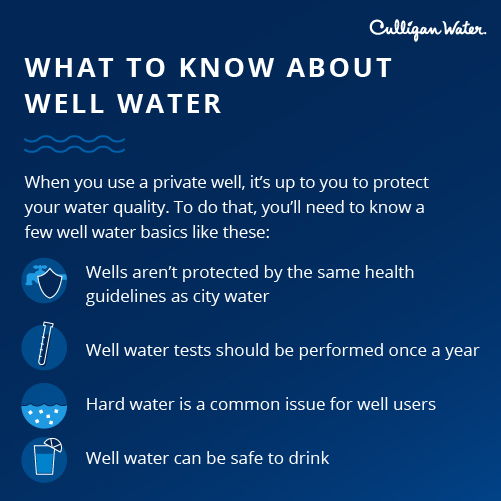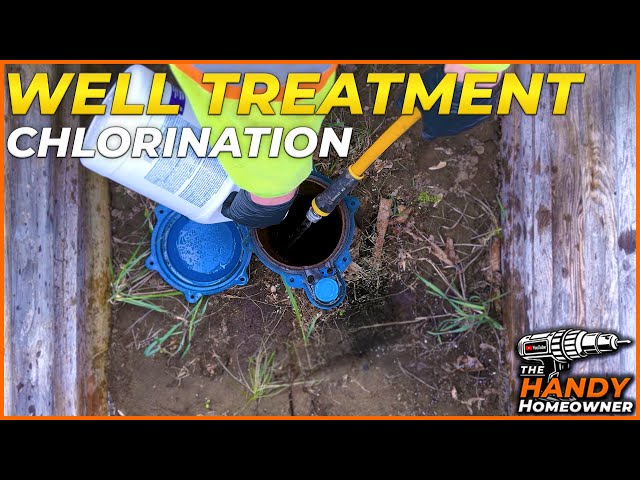Okay, so, I’ve got this well, right? And I want to make sure the water from it is safe to drink. Sounds simple enough, but it turned out to be a bit of a process. Let me tell you all about it.
First off, I had to figure out what was even in my well water. I mean, you can’t just assume it’s all good. So, I got myself one of those water testing kits. They’re pretty easy to find. You just collect a water sample and either send it to a lab or do the test yourself with the stuff they give you in the kit.
While I was waiting for the results, I started looking into how to actually treat the water. I found out that there are a few different ways to do it. You can use filters, there’s this thing called reverse osmosis, and of course, you can just boil the water, which is the old-school method.

I also learned that if you’ve got a dug well, like mine, you kinda need to know how much water it holds. Turns out, it’s important for figuring out how much treatment stuff to use. If you don’t know the volume, there’s a way to calculate it, but honestly, I just kind of guessed since i dont have specific data. Not super scientific, I know, but it worked out okay.
Then the test results came back. Luckily, nothing too scary, but there were some bacteria in there that I definitely didn’t want to be drinking. So, I decided to go with a combination of methods to treat the water.
My Water Treatment Process
- Step 1: Shock Chlorination
- Step 2: Filtration
- Step 3: Reverse Osmosis
- Step 4: Boiling (Just in Case)
I started with what they call “shock chlorination.” It is as intense as it sounds. You basically dump a bunch of chlorine into the well to kill off all the nasty stuff. There are guides online that tell you how much to use based on your well’s size, but like I said, I roughly calculated how much water my well holds. After adding the chlorine, I ran all the faucets in my house until I could smell the chlorine, which meant it had made its way through the whole system. Then, I let it sit overnight. You’re not supposed to use the water during this time, so I made sure to use bottled water for drinking and cooking.
After the chlorine had done its thing, I installed a whole-house water filter. This thing filters out sediment, rust, and even some of the chlorine I just added. I went for one that has a replaceable filter cartridge because it seemed like the most practical option.
For drinking water, I also added a reverse osmosis system under my kitchen sink. This is like a super filter that gets rid of almost everything that might still be in the water. It was a bit of a pain to install, but totally worth it for that peace of mind. The only downside is that it produces quite a bit of wastewater, but I try to use that for watering my plants, so it’s not completely wasted.
Even with all that, I still boil my drinking water sometimes, especially if I’m feeling extra cautious. It might be overkill, but hey, better safe than sorry, right?
After all that, I did another water test, just to be sure. And guess what? The water was perfectly fine! No more nasty bacteria or anything. It felt great to know that I had taken care of the problem and made my well water safe to drink.

It was definitely a learning experience, but now I feel way more confident about the water I’m using. Plus, I saved a bunch of money by not having to buy bottled water all the time. Win-win!















